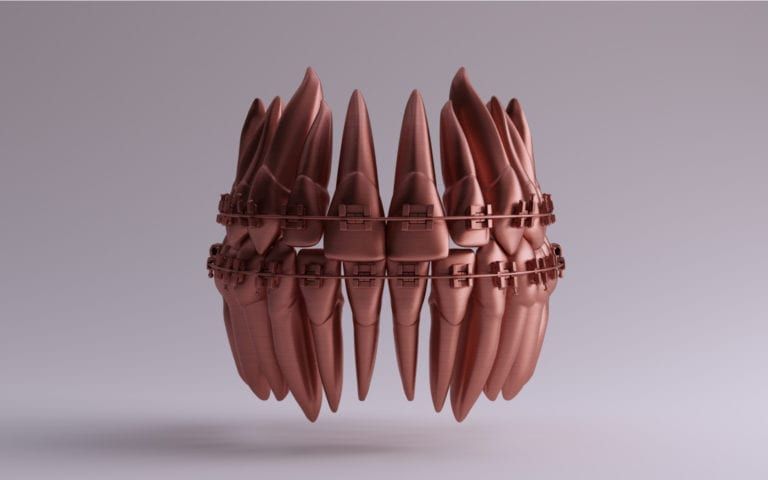How Nickel, Copper, and Cobalt Changing Braces

Traditional metal braces and orthodontics have been an ever-evolving concept since the 18th century; At the same time, many ancient civilizations worked with fiber and tooth extractions, the concept of changing the palette and tooth alignment over time became a revolutionary idea that has made today’s orthodontics highly advanced, painless, and successful. New metals such as nickel, copper, and titanium have emerged as highly valuable to stainless steel and provide patients with improved results while aligning their teeth in the latest developments.
What Makes These Metals Unique?
Stainless steel has been the standard for traditional metal braces due to the inexpensive production rates and their high capability to align all types of malocclusion. Metal braces over time have become a lot smaller. They require fewer components thanks to the development of CAD/CAM technology, 3D imaging, and treatment planning software that now takes more detailed screenings of the mouth, analyzes the mouth’s condition, and then produces the appliance with a high amount of accuracy. However, Dental braces can be designed with a combination of materials, including metal, ceramics, and plastics, depending on the costs and severity of the malocclusion.
Stainless steel, especially when used in brace wires, has high stiffness, which means that these wires need to be designed smaller to accommodation. The wire’s size can lead to a loss of control during movement, making the wires slope at the bracket interface. While stainless steel exerts the most force and the lowest bracket-wire friction, stainless steel is the usual standard. Nickel, copper, and titanium all have distinctive components due to their compounds that make them exceedingly valuable for orthodontists and patients. Here are our findings on the basic studies for these kinds of metals, and their alloy variations:
- Nickel – Nickel, when used for braces, is combined with titanium, creating a nickel-titanium alloy that exerts a huge amount of spring-back and flexibility. Since the 1970s, the alloy used in wires creates a low, constant force, allowing the orthodontists to exert this force at a resolved level. They’re not as susceptible to deformation, their stiffness when forming the brackets to the mouth has led to some orthodontists not choosing nickel-titanium alloy wires.
- Copper – Copper contains an interesting set of components. When combined with the nickel-titanium alloy creates a high amount of flexibility for the wires, allowing for a continuous force without deformation. The addition of the copper generates a mid-range constant force. Depending on the temperature used to craft the wires, orthodontics can work with the copper and make adjustments throughout correcting the malocclusion.
- Cobalt – This metal, known more specifically as cobalt-chromium, demonstrates similar properties to stainless steel wires, but exhibits improved distortion resistance and a longer spring function. Its heated higher when manufactured, making it stronger than stainless steel. However, it’s more malleable than stainless steel and has less risk of fracture when heat treated. Its superior physical qualities make it an excellent option for dentists.
These selections of metals all add their benefits to better orthodontics. Through constant improvement and evaluation, orthodontists can work towards giving their patients more options for malocclusion repair and straighter, healthier teeth. To learn more about brace wires’ available options, contact Dr. Massih at Massih Orthodontics in Glendale, CA, for more information.

Recent Comments